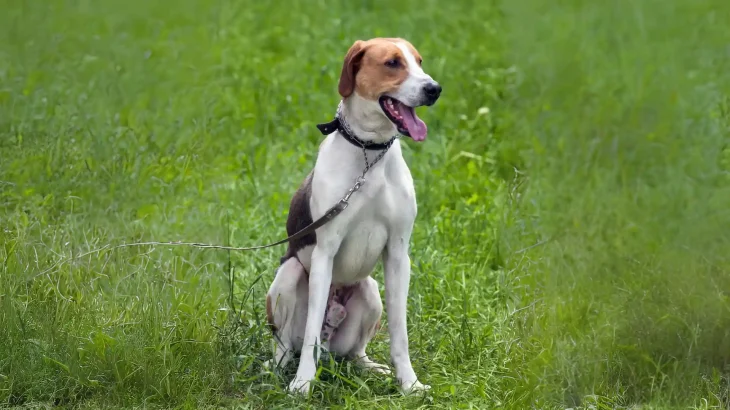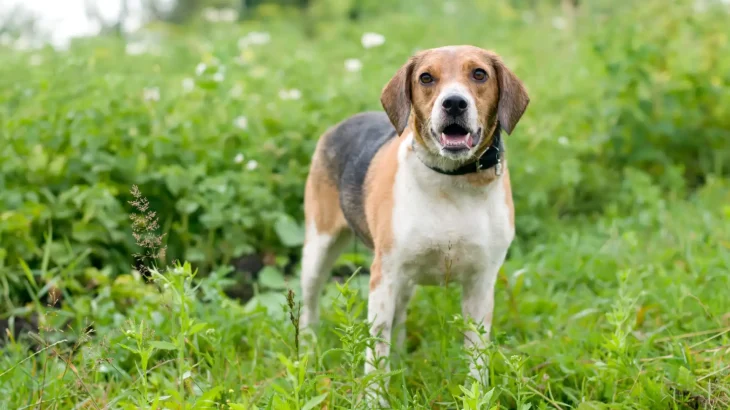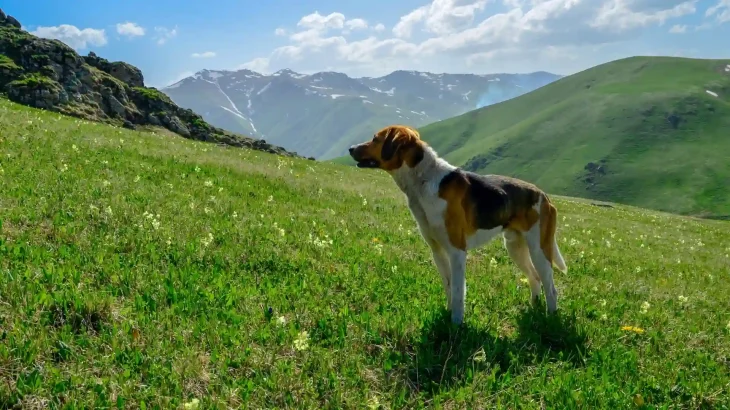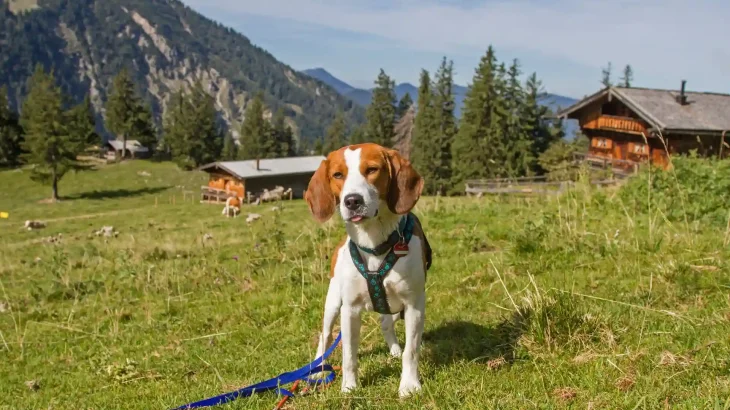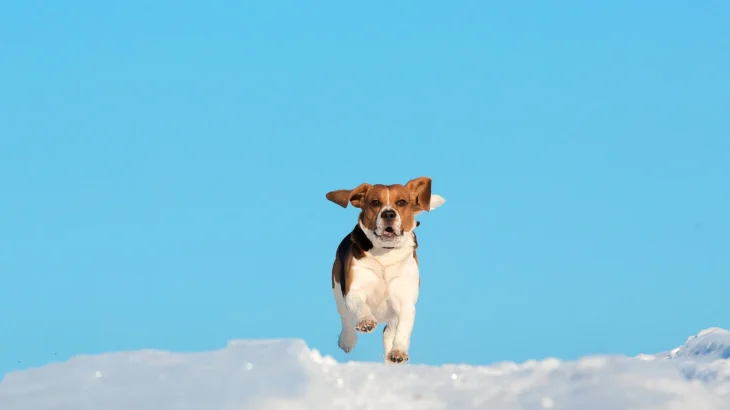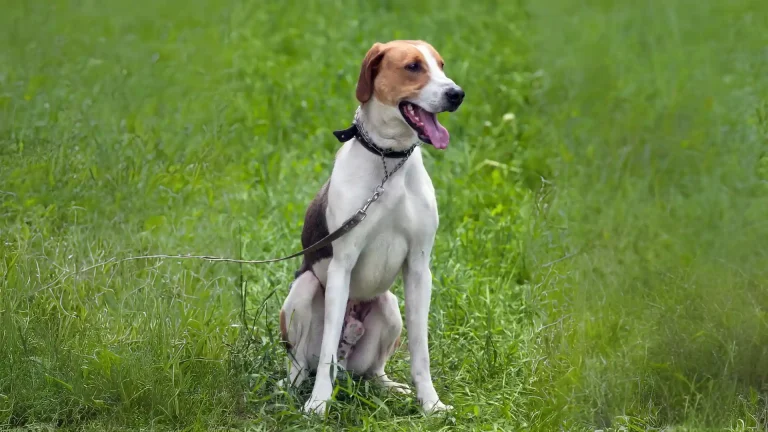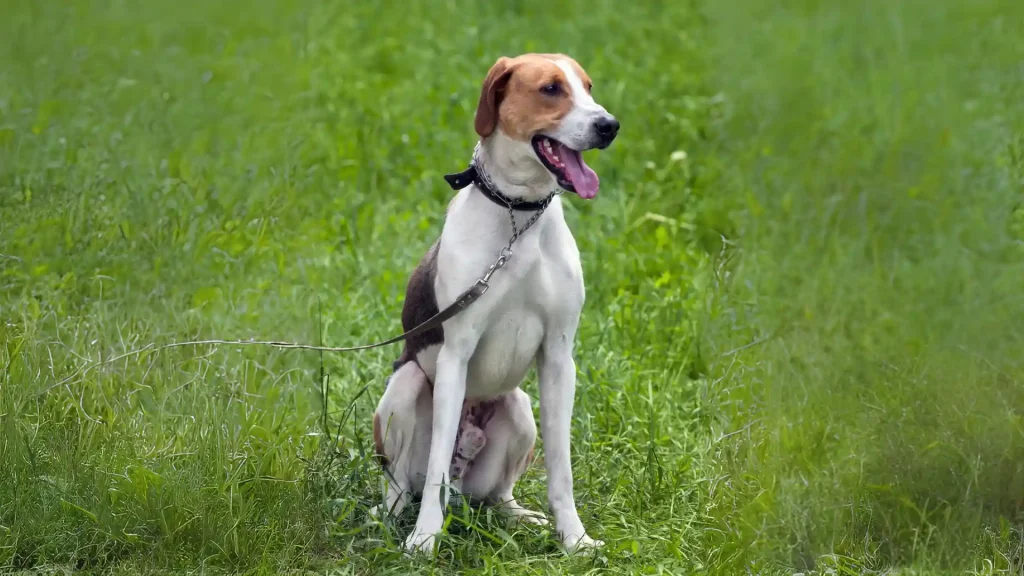When deciding to bring an Estonian Hound puppy into your life, you might wonder whether to adopt or purchase. Each option offers different advantages depending on your priorities like health assurance, cost, and ethical considerations.
Adoption vs. Breeder: Pros & Cons
| Criteria | Buying from Breeder | Adopting from Shelter/Rescue |
|---|---|---|
| Cost | Generally higher initial cost reflecting pedigree and breeder investments. | Usually lower fees, supporting rescue efforts and often including initial veterinary care. |
| Health History | Comprehensive health records and genetic screening likely provided. | Health background may be incomplete; basic health screenings done by shelters. |
| Age Availability | Mostly puppies, allowing you to raise the dog from the start. | Variety of ages; may include adults and seniors. |
| Temperament Insight | Breeders can provide lineage-based temperament expectations. | Shelters offer behavioral insights based on observation, though full history is unknown. |
| Ethical Considerations | Supports preservation of breed but requires choosing responsible breeders to avoid puppy mills. | Helps reduce pet overpopulation and gives a home to a dog in need. |
| Breed Purity & Pedigree | Pedigree and breed purity guaranteed, essential for breed enthusiasts. | Breed purity may be uncertain; often mixed backgrounds. |

